MAY 2012: A green building uses less water, is energy-efficient, conserves natural resources, generates less waste and provides healthier spaces for occupants—compared to a conventional building.
Technically, the design, construction and operation of green buildings should incorporate technologies that are ecologically superior, enhance the comfort of occupants, and are around nature and sustainability. The prime components that go into the making of a green building make the most efficient and optimised use of the elements of nature, reducing dependence on energy-guzzling equipment.
Convergence is the key
Green buildings in India are a good example of how ancient architectural heritage and latest technological innovations can blend to create sustainable green habitats. The merging of various IT and electronic systems creates a dynamic, sustainable architecture.
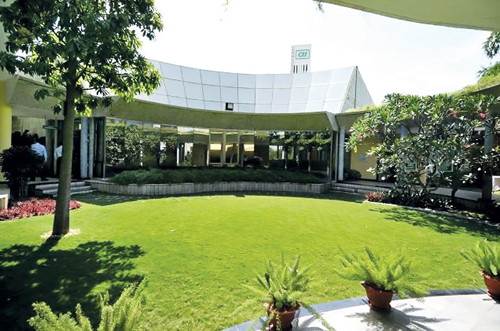
Some of the electronics and IT components of green buildings are light-emitting diode (LED) lighting, high-frequency electronic ballasts, temperature and relative humidity sensors, CO2 and CO sensors, solar photovoltaic (PV) and building-integrated solar PV systems, intelligent building management systems, energy modeling, day-light simulation, weather stations (which monitor the external conditions and calibrate the performance of buildings), online metering systems for energy and water, solar air-conditioning, task lighting, occulux sensors, daylight sensors, humidity sensors and variable-frequency drives.
All these electronics and IT components dovetail with the overall structure of the green building in realising the desired benefits. Solar PV panels are integrated aesthetically into the architecture of the building. These generate electricity, allow the entry of natural light, as well as insulate the building.
The building management system is a computer-based system that monitors and controls the building’s mechanical and electrical equipment such as ventilation, lighting, power systems, fire systems and security systems.
Latest in green building deployments
Some of the features of green buildings include the use of a high-performance envelope, energy-efficient air-conditioning and lighting systems, local materials and 100 per cent onsite treatment of waste water.
CII-Sohrabji Godrej Green Business Centre, India’s first LEED Platinum rated green building, became functional in 2004. It incorporates green features like the right orientation, wind towers, solar PV, intelligent building management system, CO2 sensors and Occulux.
This year, the Infosys Campus located in Hyderabad and Bayer’s eco-commercial building in Noida have incorporated unique green features such as chilled beams for air-conditioning, solar PVs and enhanced lighting controls. Further, green buildings by Suzlon, One Earth, Turbo Energy, Delta Power and many other firms have installed technologies such as solar PV and building-integrated solar photovoltaics, which have become an integral part of the building envelope.
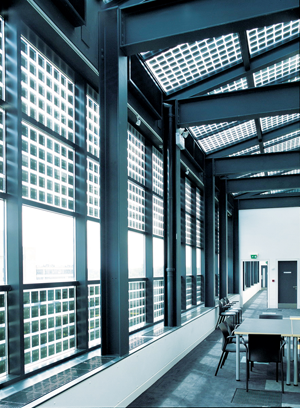
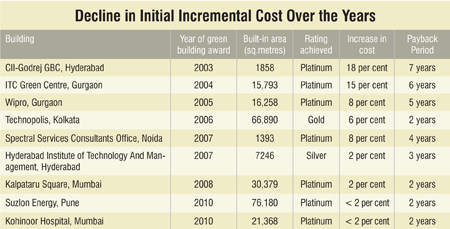
The green building movement in India has provided avenues to technology providers for developing out-of-the-box models that are ecologically superior and economically viable. Blue Star, Carrier, Daikin Industries, Emerson, Schneider, Trane India and Voltas are some of major energy-efficient heating, ventilation and air-conditioning (HVAC) system providers. The incremental costs of green building technologies have come down significantly.
[stextbox id=”info” caption=”Other components”]Wind tower. Wind tower is a traditional architectural element used to pre-cool the air and direct it into interiors of a building.
MERV filters. Minimum efficiency reporting value (MERV) is a number from 1 to 16 that is relative to an air filter’s efficiency. The higher the MERV, the more efficient the air filter is at removing particles from the outside air.
Geothermal systems. A geothermal system is a non-conventional heating and/or cooling system that pumps heat to or from the ground crust. This system takes advantage of the moderate temperatures in the ground to boost efficiency and reduce the operational costs of heating and cooling systems.
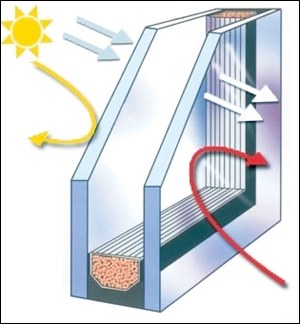
High-performance glass. High-performance glass reduces the entry of heat while allowing the penetration of sunlight simultaneously. The glass comes in three types: insulated (double- or triple-glazed) glass, inert-gas-filled glazing and low-emissivity glass.
Wall and roof insulation. The heat balance of a building reveals that at least 15 to 20 per cent of the heat ingress into a building can be through walls and roof. Hence insulating walls and roof is extremely critical in the energy performance of a building.
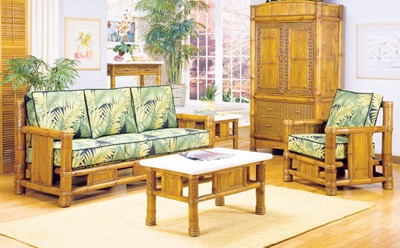
Bamboo-based furniture. Bamboo is increasing in popularity as an alternative to conventional wood such as timber and teak. It is regarded as a rapidly renewable resource because of its faster harvesting cycle.
[/stextbox]
Focus of R&D
Light pipes can be incorporated into architecture for transporting or distributing daylight or artificial light, minimising the loss of light. Daylight harvesting reduces the use of artificial light inside a building when natural daylight is available, helping cut down on energy consumption. Advanced online energy and water monitoring systems can be used to monitor the efficient use of various systems that consume, distribute or generate energy and water.
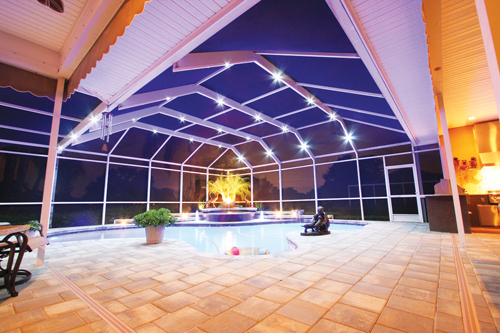
R&D is happening in these areas:
1. Computational fluid dynamics analysis, which aims to further enhance the efficiency of HVAC
2. Net-zero-energy, high-performance buildings—buildings that generate as much energy through renewable means as is consumed by the building
3. Water-positive buildings that regenerate more water than they consume
4. Life-cycle analysis to assess environmental impacts associated with all the stages of a product’s life from start to end
5. Complete retrofitting of existing buildings by renovating energy-wasting homes and offices and bringing them up to passive house standards.






